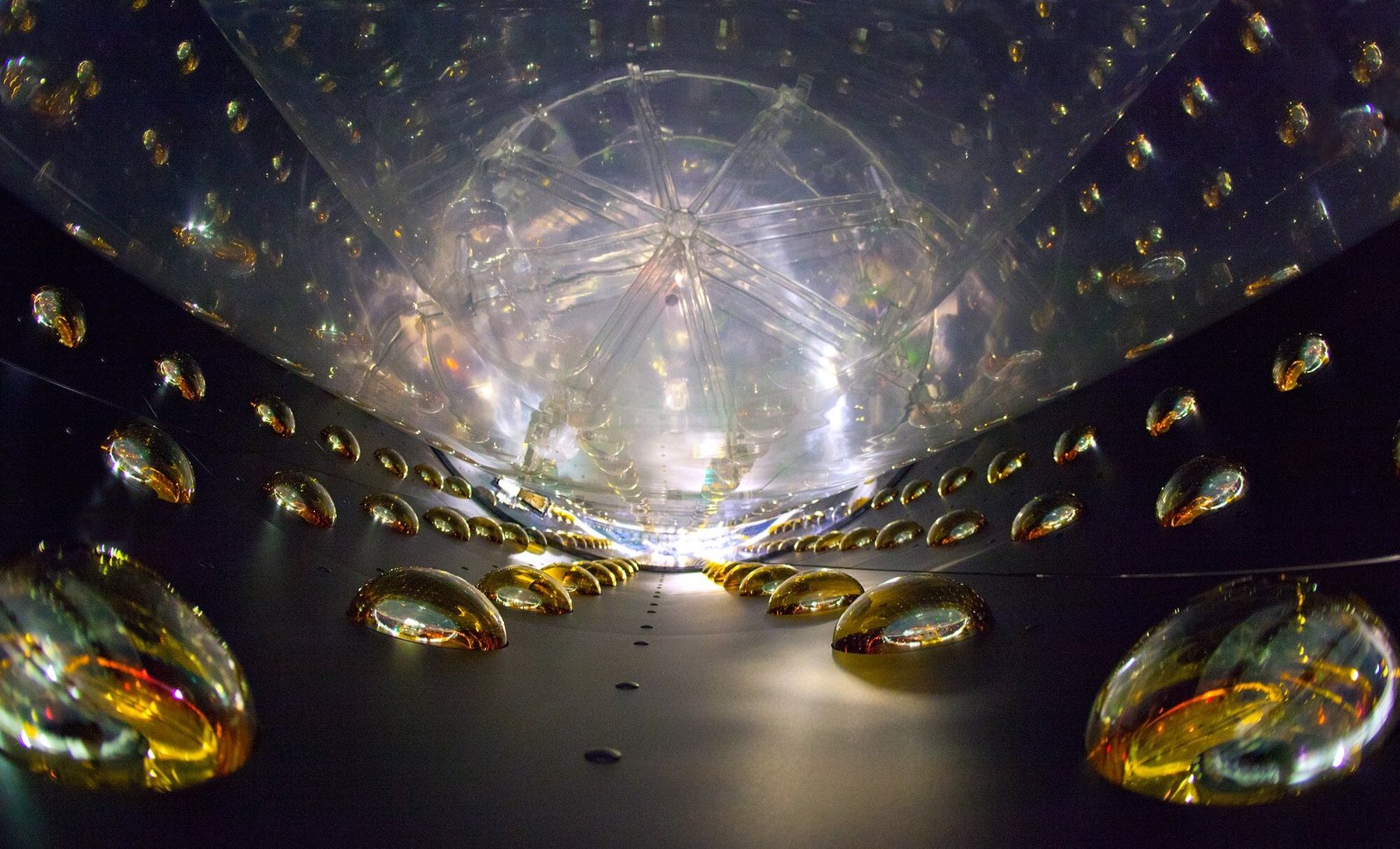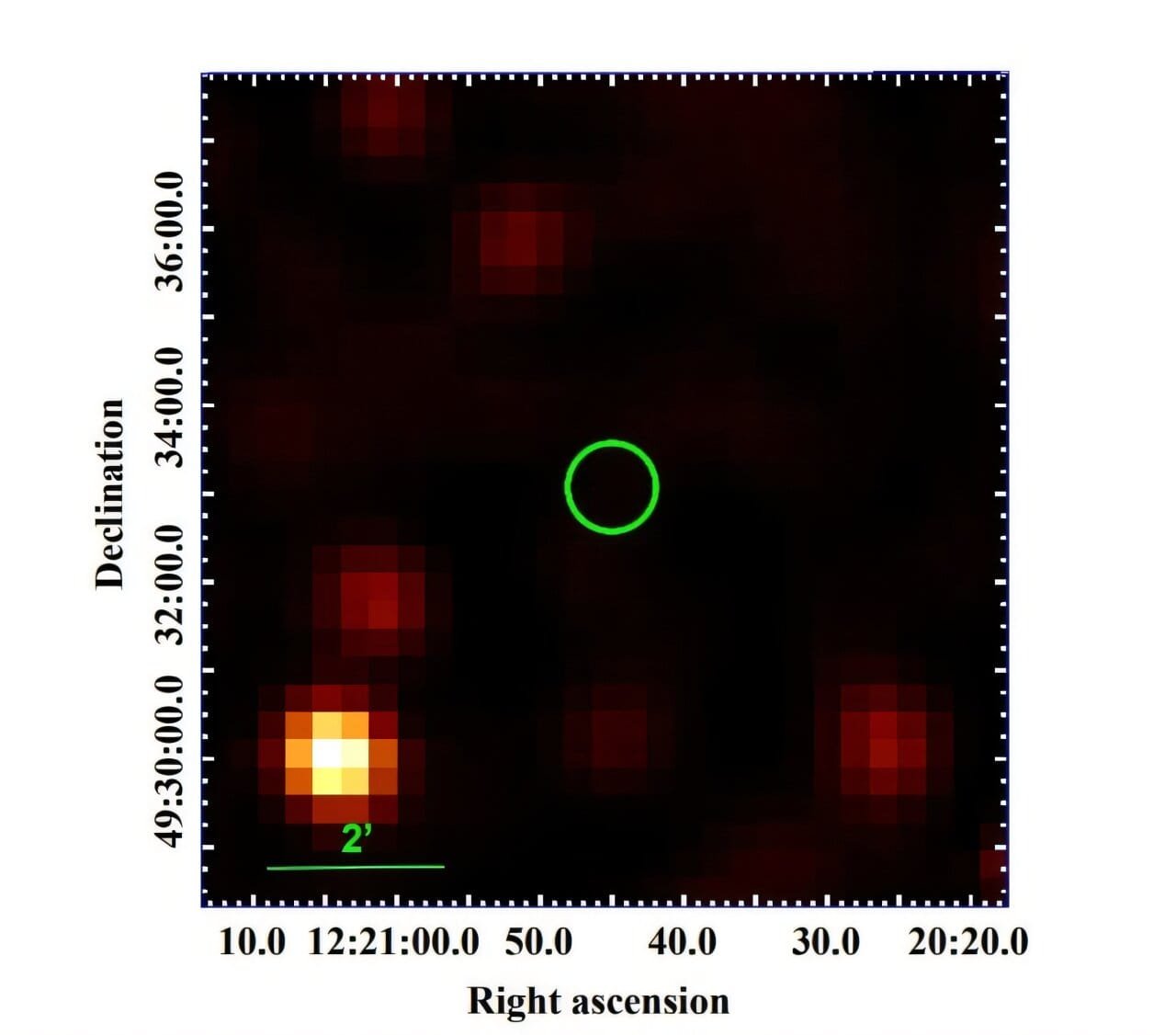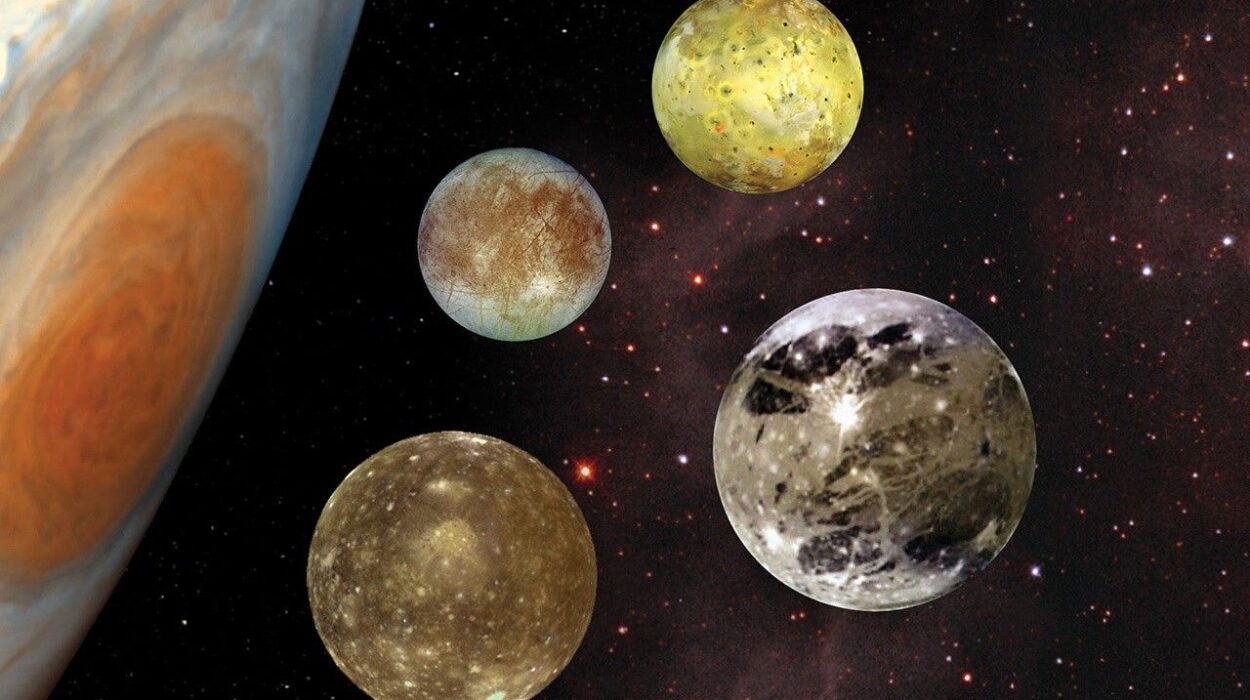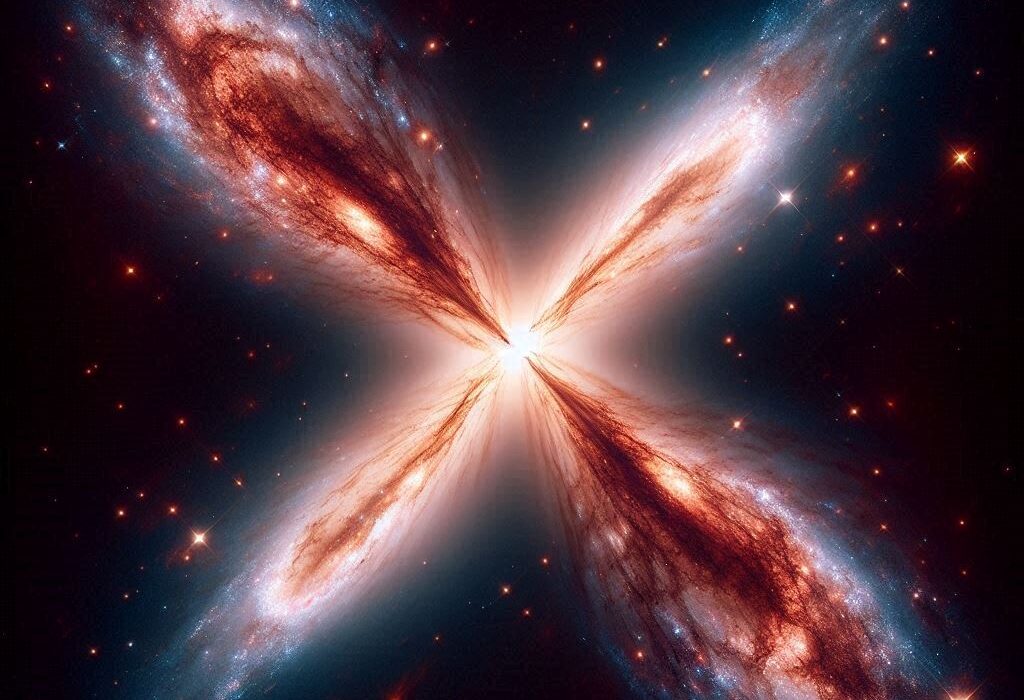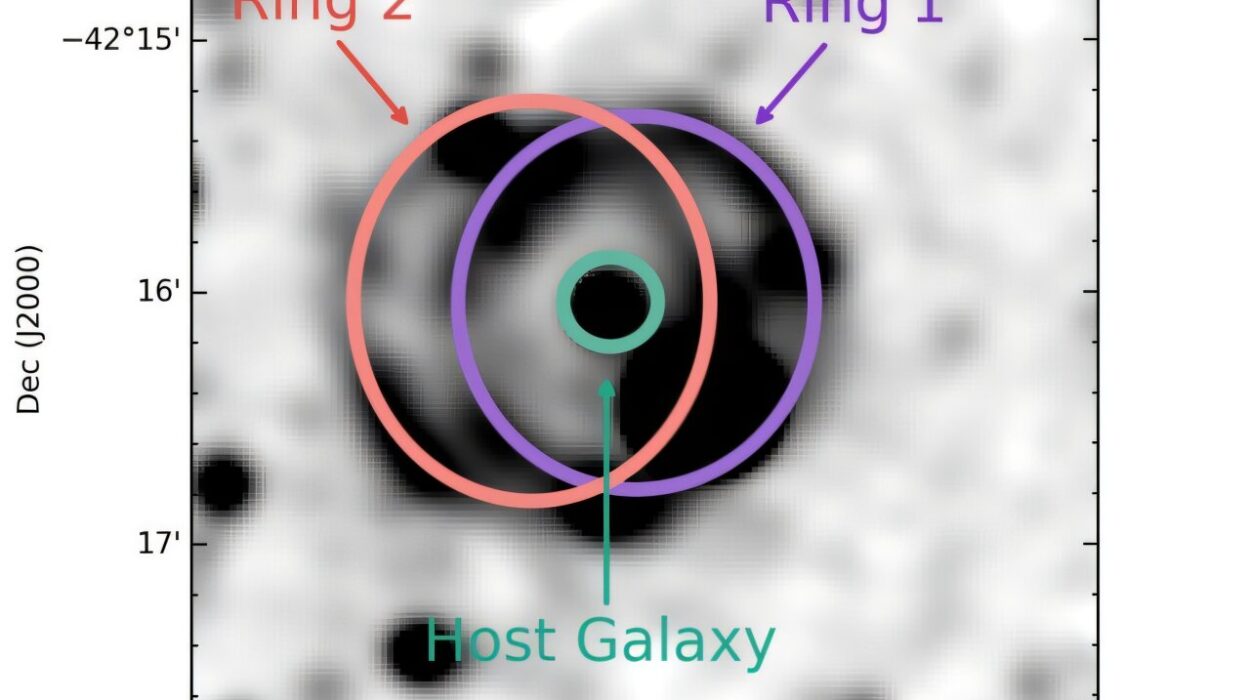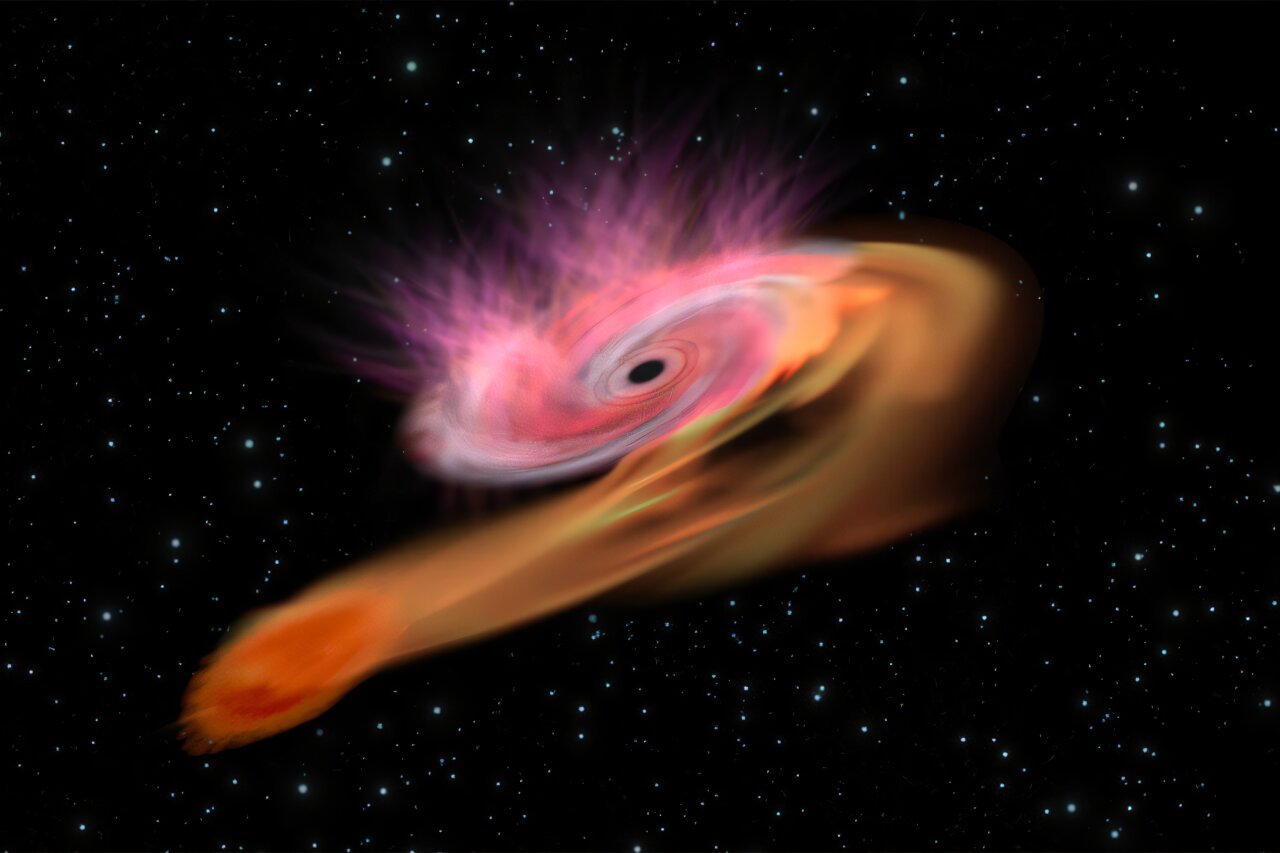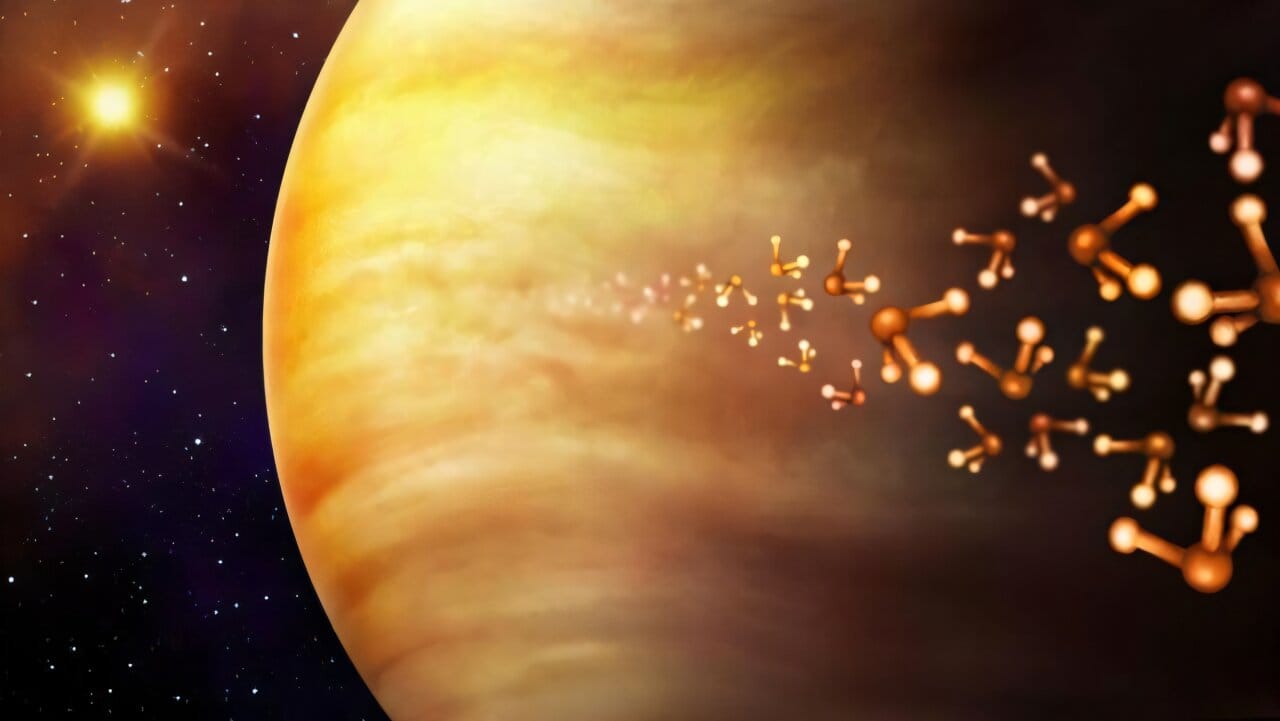The universe is a deeply puzzling place, and one of its oldest and most fundamental mysteries is why it contains so much matter and so little antimatter. According to the current understanding of particle physics, for every particle of matter, there should be a corresponding antiparticle of antimatter. The interactions between these particles should lead to annihilation, creating an equal amount of energy in the process, leaving behind only light. So why then, when we look out at the cosmos, do we see a universe filled predominantly with matter?
In a groundbreaking new study posted on the arXiv preprint server, researchers propose a fascinating answer to this question: the matter that dominates our universe could have emerged from an unseen and enigmatic particle – the “right-handed” neutrino. This hypothesis sheds light on several of the biggest unsolved problems in modern cosmology, including the abundance of matter, the mystery of dark matter, and the unusual nature of neutrinos themselves.
Neutrinos: The Ghostly Particles with a Secret
To understand the relevance of these “right-handed” neutrinos, let’s first dive into the curious world of neutrinos. These elusive particles, which are fundamental to the Standard Model of particle physics, come in three varieties, or “flavors”: electron neutrinos, muon neutrinos, and tau neutrinos. One of the most puzzling features of neutrinos is that they have an extremely small mass, which makes them nearly impossible to detect. This ghostly quality gives them the name “wimps” in the world of particle physics.
Moreover, neutrinos possess a peculiar characteristic in the way they spin. In a classical sense, particles have an intrinsic spin, which can either be oriented in one direction or the other. However, neutrinos are unusual because they are all “left-handed” – meaning their spin aligns in only one particular way as they travel. This is different from most other particles, such as electrons, which can exhibit both “left-handed” and “right-handed” spin orientations.
The notion of “right-handed” neutrinos, though, is an entirely different and speculative concept. These particles have yet to be observed but are theorized to exist. As their name implies, they would have a right-handed orientation of spin, contrary to their left-handed counterparts. But the real kicker here is that right-handed neutrinos would be significantly more massive than the neutrinos we currently know, which has profound implications for the makeup of the universe.
What Happened to the Antimatter?
Going back to the early stages of the universe, just after the Big Bang, conditions would have been far different than they are today. The universe was hot and dense, with equal amounts of matter and antimatter. As these particles collided, they would have annihilated each other, turning into radiation. This process should have wiped out both matter and antimatter, leaving nothing behind. However, somehow, there was a slight imbalance—a little more matter than antimatter—which gradually tipped the scales in favor of matter, creating the universe as we observe it today.
So what caused this imbalance? This is where the right-handed neutrinos might hold the key.
The idea, proposed by the researchers in this recent study, is that in the early universe, both right-handed and left-handed neutrinos could have been in play. The crucial point here is that these right-handed neutrinos, being heavier than their left-handed counterparts, would not have interacted in the same way with other particles. As the universe expanded and cooled, the right-handed neutrinos began to decouple from the rest of the particles, forming a kind of “ghostly” relic of the early universe that remains largely undetectable. As this symmetry between the particles broke down, the imbalance between matter and antimatter was set in motion.
More specifically, as the universe cooled, these right-handed neutrinos ceased interacting in the same way with other particles and became effectively “invisible.” This phenomenon might have created the asymmetry that allowed matter to survive while antimatter was annihilated. Thus, right-handed neutrinos might have played an integral role in tipping the scales toward the dominance of matter in the cosmos.
The Majoron: The Dark Matter Connection
But right-handed neutrinos may have yet another trick up their sleeves. According to the theory, as these particles decoupled from the rest of the universe, they did not vanish completely. Instead, they could have mixed to form a new kind of hypothetical particle called the “Majoron.” This mysterious particle has a bizarre property: it is its own antiparticle. Essentially, the Majoron could exist in a state of symmetry, existing as both matter and antimatter in one particle, further complicating our understanding of the universe.
Now, here’s where things get even more interesting. Because Majorons are hypothesized to be massive and stable, they could very well be linked to another enduring mystery in physics: dark matter. Dark matter is a form of matter that doesn’t interact with light, making it invisible to telescopes, yet it exerts a gravitational pull on visible matter. Dark matter accounts for roughly 27% of the universe’s total mass, and its existence has been confirmed through its gravitational effects on galaxies and galaxy clusters. The Majoron, with its properties of invisibility and mass, could provide an ideal candidate for dark matter.
If these right-handed neutrinos merged into Majorons, then they could have had lasting effects on the structure of the universe, influencing the formation of galaxies, star systems, and other cosmic structures that we see today. While this remains purely theoretical, it suggests that the behavior of neutrinos in the very early universe might have influenced much of the universe’s large-scale structure, and could even be responsible for dark matter itself.
The Search for Right-Handed Neutrinos and Majorons
While this new hypothesis is exciting, it remains speculative and awaits experimental verification. The concept of right-handed neutrinos and Majorons is part of a broader effort within particle physics to understand the fundamental building blocks of the universe. The idea of a new kind of neutrino, capable of shaping the evolution of the cosmos, presents both an intriguing challenge and opportunity for physicists.
For starters, right-handed neutrinos are not part of the Standard Model of particle physics, and thus, their existence would require new theories and experiments to detect. One promising approach to finding these elusive particles would be through a process called “neutrinoless double beta decay,” a rare event that could point toward the existence of right-handed neutrinos. If detected, this decay could offer evidence that right-handed neutrinos exist and might help explain how the early universe broke its symmetry, leading to the dominance of matter.
The search for Majorons, too, would involve looking for subtle signs of their existence, whether in cosmic observations or laboratory experiments. If Majorons are connected to dark matter, observing their influence on galaxy dynamics, gravitational effects, and other cosmic phenomena could offer new insights into the nature of this mysterious substance.
In addition, advances in particle accelerators, astrophysical observations, and next-generation cosmological studies could all provide the necessary tools to search for signs of right-handed neutrinos and Majorons in the years ahead.
The Bigger Picture: Unifying Mysteries
If the research bears fruit and we do find that right-handed neutrinos have shaped the makeup of the universe, it would not only answer the question of why there is more matter than antimatter but could also resolve two other massive puzzles: the nature of dark matter and why neutrinos are left-handed in the first place.
The connection between neutrinos, the origin of matter, and dark matter illustrates an exciting possibility for a unified explanation of several cosmological mysteries. It would represent an elegant, holistic theory that connects the seemingly unrelated phenomena of neutrinos, dark matter, and the matter-antimatter asymmetry in a single framework. The implications of such a discovery would be immense, offering not only an answer to some of the most perplexing questions in physics but also potentially offering new pathways for future research in cosmology and particle physics.
Conclusion
The universe, in all its vastness, appears to be composed overwhelmingly of matter, with antimatter making only occasional appearances. Yet, the possibility that right-handed neutrinos could have contributed to this matter–antimatter asymmetry presents a new and exciting explanation for this primordial mystery. Furthermore, these particles could also hold the key to understanding dark matter, one of the universe’s greatest unsolved puzzles.
While this remains a hypothesis, the prospect of new experimental techniques that might detect these right-handed neutrinos and Majorons offers hope that we may one day uncover answers to some of the most profound questions in science. The interactions between neutrinos could reveal not only the origins of the universe but also provide a window into some of the most elusive and hidden aspects of our cosmos. As science progresses, the search for these invisible particles will continue to shape our understanding of the fundamental forces and substances that govern everything in existence.
Reference: Stephen F. King et al, Leptogenesis with Majoron Dark Matter, arXiv (2024). DOI: 10.48550/arxiv.2412.14121
